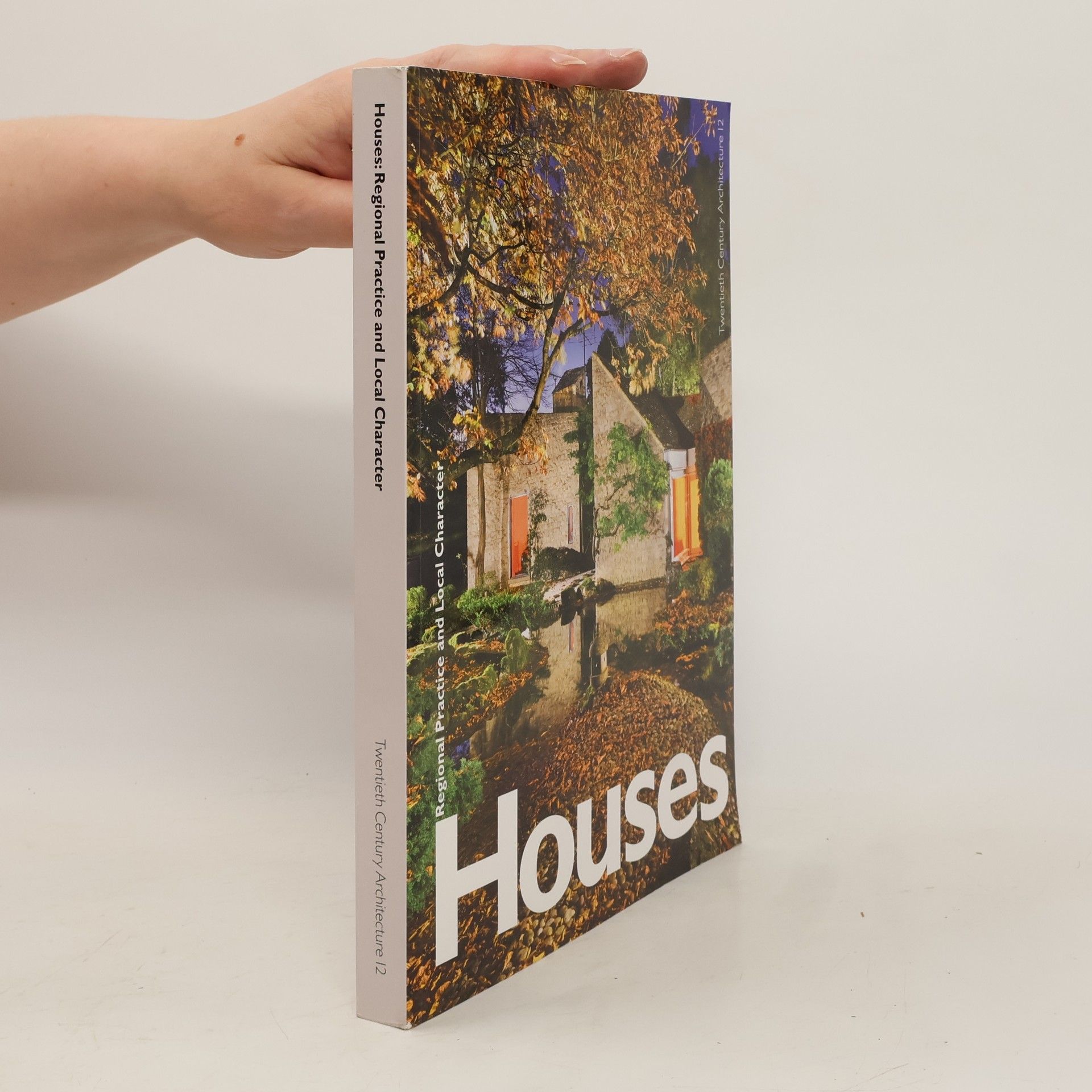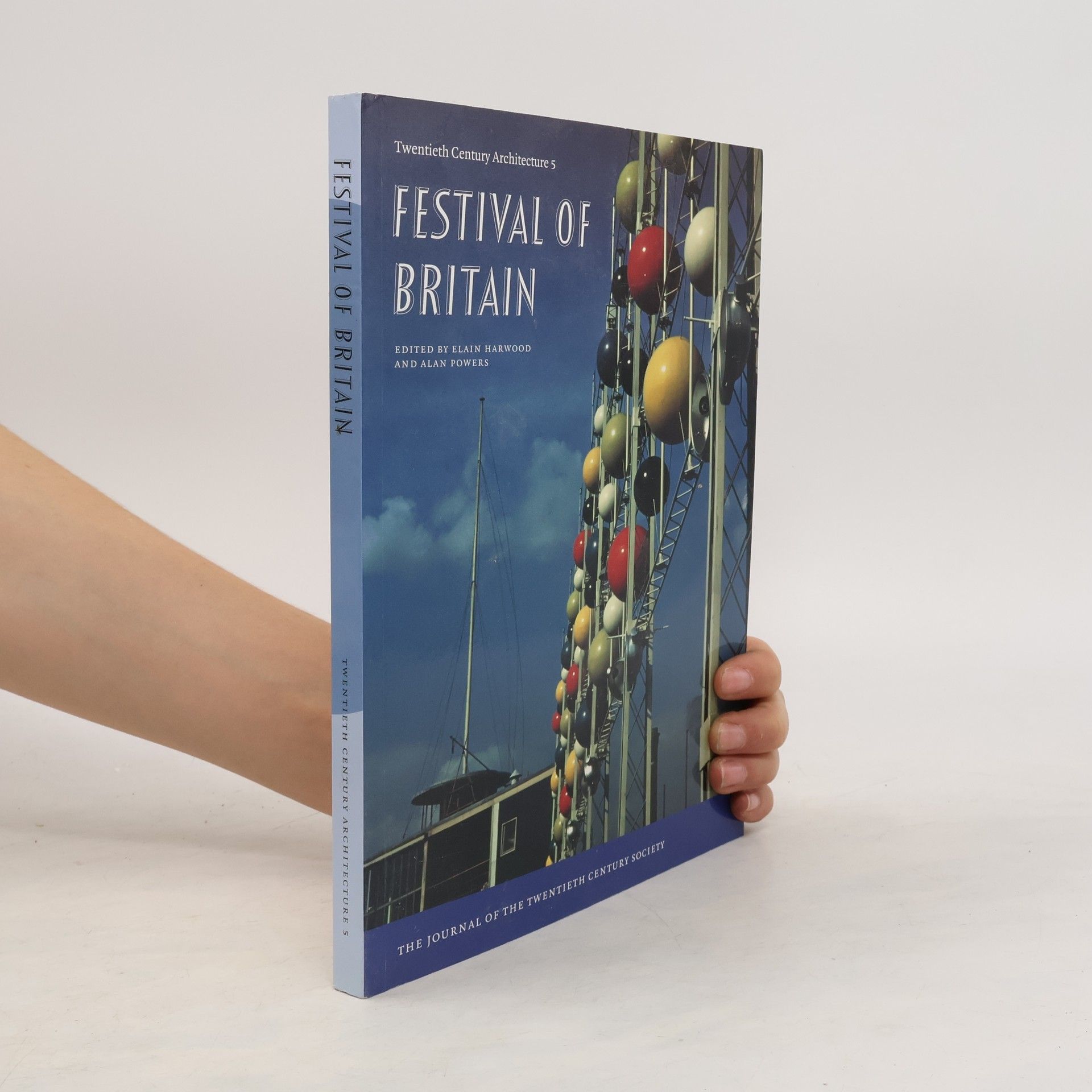Art Deco Britain
- 272pages
- 10 heures de lecture
The definitive guide to Art Deco buildings in Britain, written by leading architectural historian Elain Harwood.






The definitive guide to Art Deco buildings in Britain, written by leading architectural historian Elain Harwood.
Leading expert and passionate advocate of modern British architecture Elain Harwood gives the best overview of British architecture from 1938 to 1963 – mid-century buildings.Growing in popularity and with an increasing understanding of their importance as a background to our lives, the buildings range from the Royal Festival Hall, Newcastle City Hall and to Deal Pier and Douglas ferry terminal, from prefabs and ice cream parlours to Coventry Cathedral and the Golden Lane Estate. The author writes in non-technical, layman's language about the design, architecture and also the influence of these buildings on the lives of our towns and cities.The author has arranged the huge variety of buildings Houses and Churches and Public Buildings; Offices; Shops; Showrooms and Cafes; Hotels and Public Houses; Cinemas, Theatres and Concert Halls; Industrial Buildings and Transport. There is an insightful introduction that places these buildings in the context of 20th-century architecture generally and globally. All fantastically photographed to make this a must have for anyone interested in our built heritage.Postwar Britain architects often saw architecture as a powerful means to improve the quality of our lives after the shadow of war. This is the fascinating story of what they built to meet that challenge.Cover illustration by Paul Catherall
First published in 2001 to celebrate the 50th anniversary of the Festival, this second edition coincides with its 60th anniversary, which is being celebrated at London's Southbank Centre this summer. It reproduces more pictures in color and black-and-white than ever published together before and remains informative, entertaining and challenging to received opinions.
There are many architects and many houses that deserve to be better known. This is a collection of essays on houses of exceptional interest designed by relatively unknown architects between the 1920s and 1970s. The focus is on practices outside London, where architects could develop clusters of individually commissioned houses of medium size in conditions of creative freedom. With archive images never previously published and new, specially commissioned photographs, the essays here make a substantial contribution to the Twentieth Century Society’s quest to expand knowledge of English architecture since 1914, showing what hidden treasures still remain to be discovered and protected.
In a move away from Brutalist architecture that is characterised by a lack of aesthetics, as 'form followed function', Postmodern architecture instead heralded a return to 'wit, ornament and reference' adopting both modern and classic designs. The functional and utilitarian shapes and spaces of the modernist style were replaced by diverse aesthetics, including the use of sculptural forms and ornaments, but does not exclude the needs of those using the building.
An authoritative overview of an increasingly popular period of British architecture from a leading architectural historian. Brutalist architecture is more popular now than ever. This beautifully photographed book looks at Britain’s finest brutalist buildings from the 1950s to the 1970s, featuring imposing and dramatic public buildings—like London’s National Theatre and Liverpool’s Metropolitan Cathedral—along with lesser-known buildings such as Arlington House on Margate’s seafront, as well as houses and flats, shops, markets, town centers, and more. This book provides a fascinating overview of a postwar urban landscape, while an introduction places British brutalism within the context of global events and contemporary world architecture.
This latest publication from the Twentieth Century Society covers many aspects of the architecture and design of the 1930s, from the influence of sculpture and photography, through the work of iconic architects like Lubetkin, to the impact of new housing models on their inhabitants. Setting the context is an essay by Nikolaus Pevsner, written for the Architecture Review in 1939 but never published. It is a highly perceptive early assessment of the modern movement in Britain, from the man who did much to champion it. Other topics include modernism and tradition in British sculpture, architectural photography, the design of schools, the work of Sir Owen Williams, of Lubetkin, and of Lasdun, and housing.